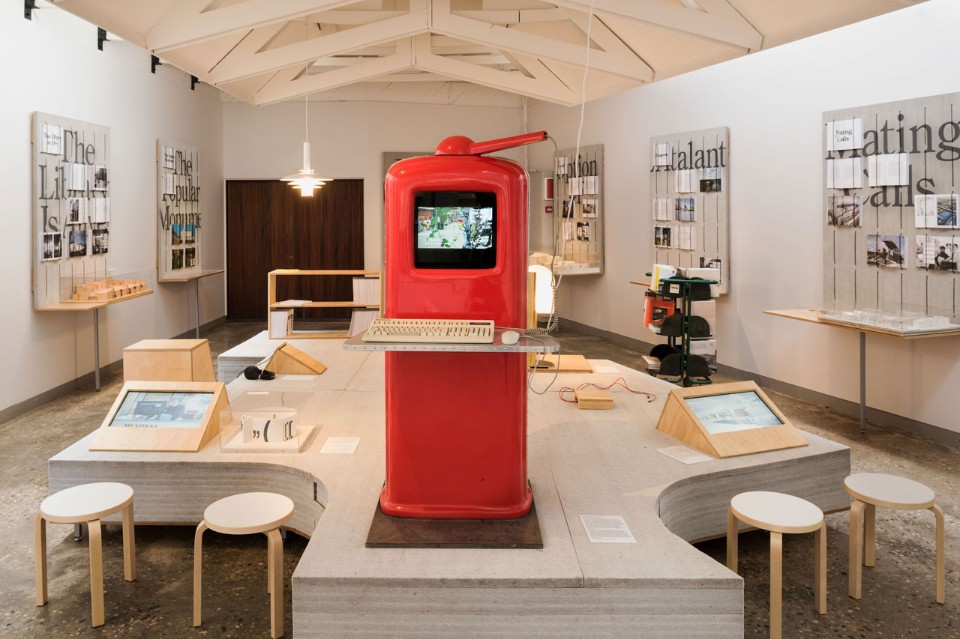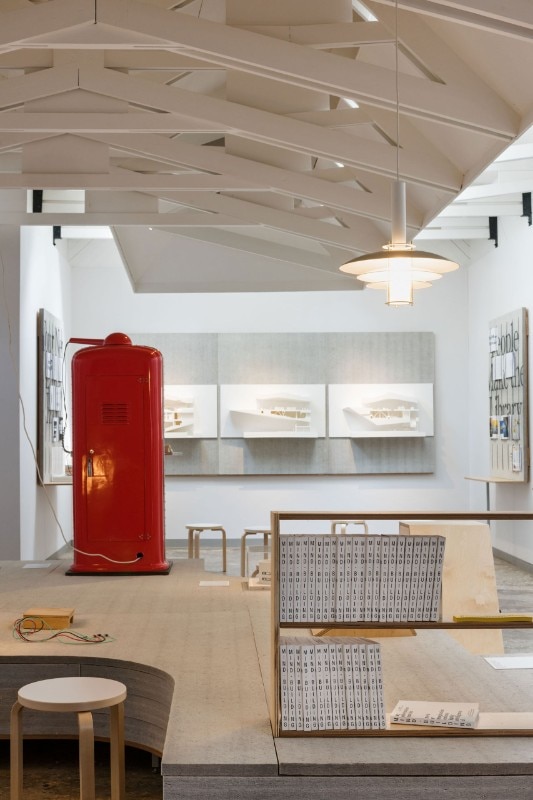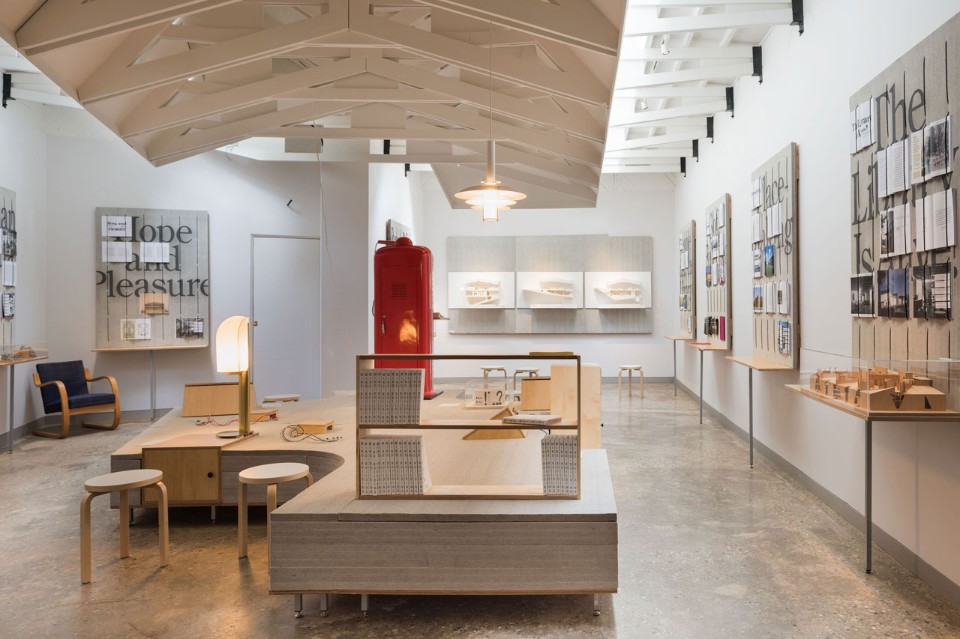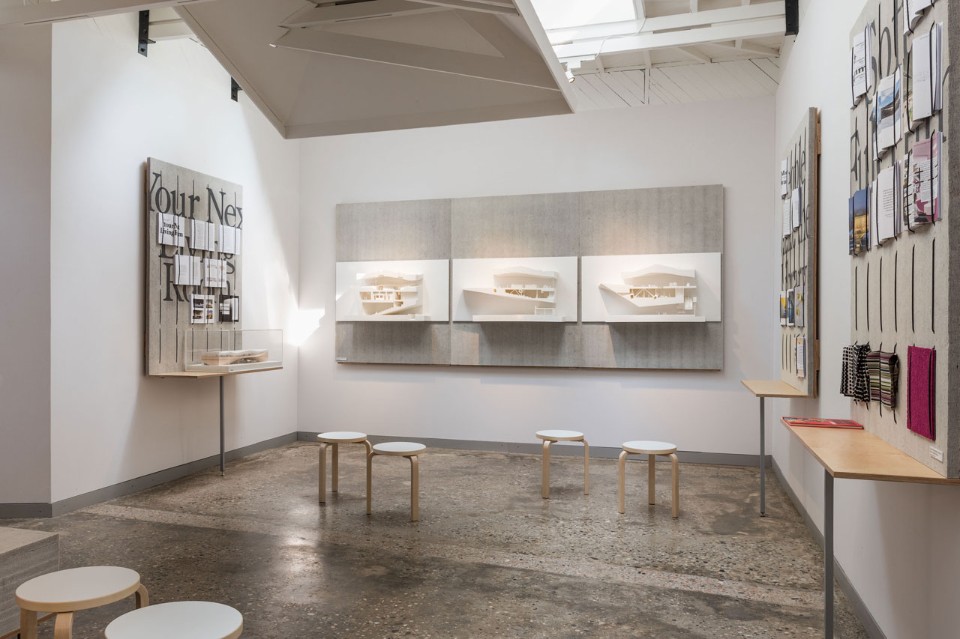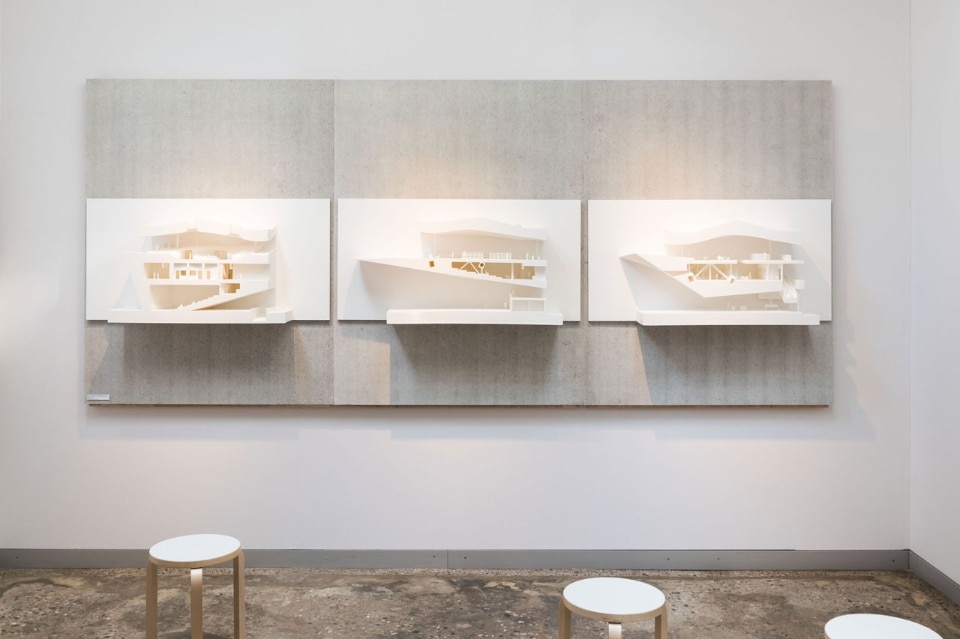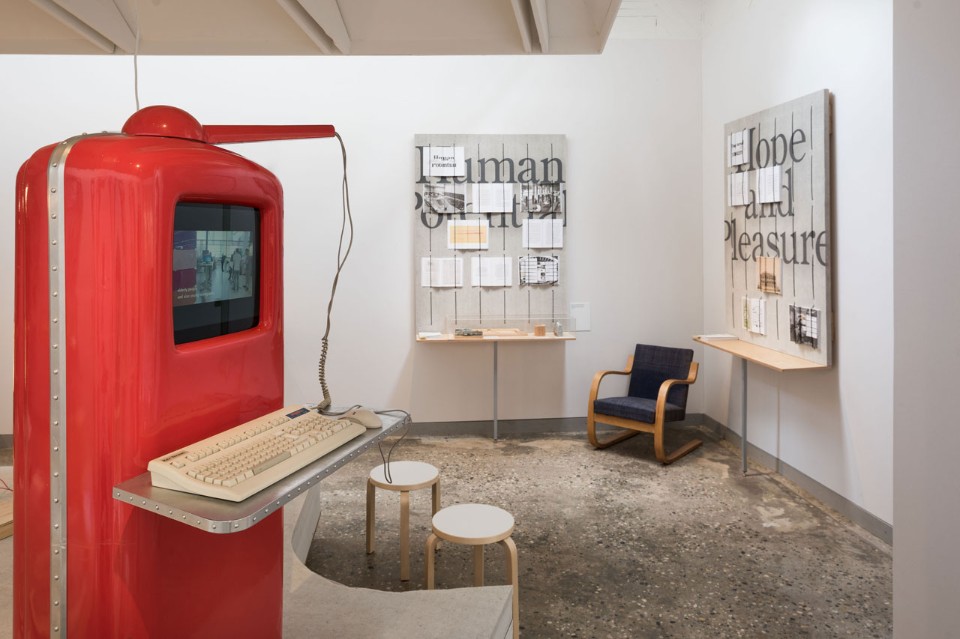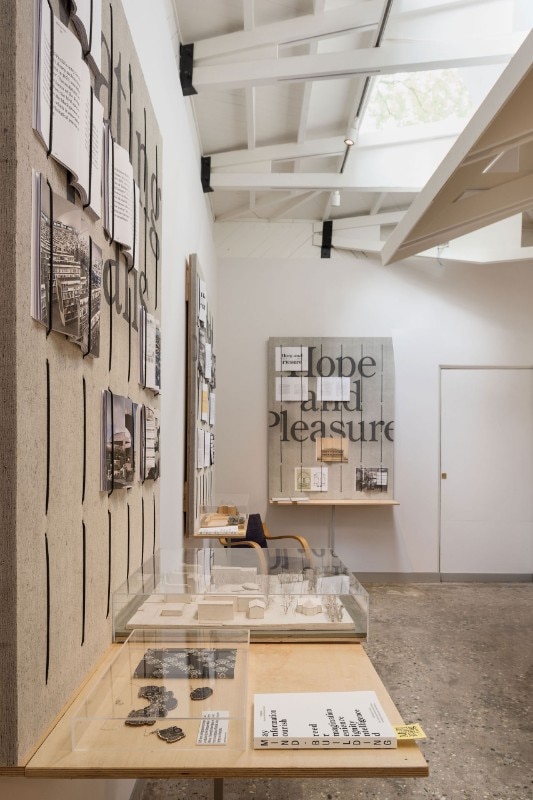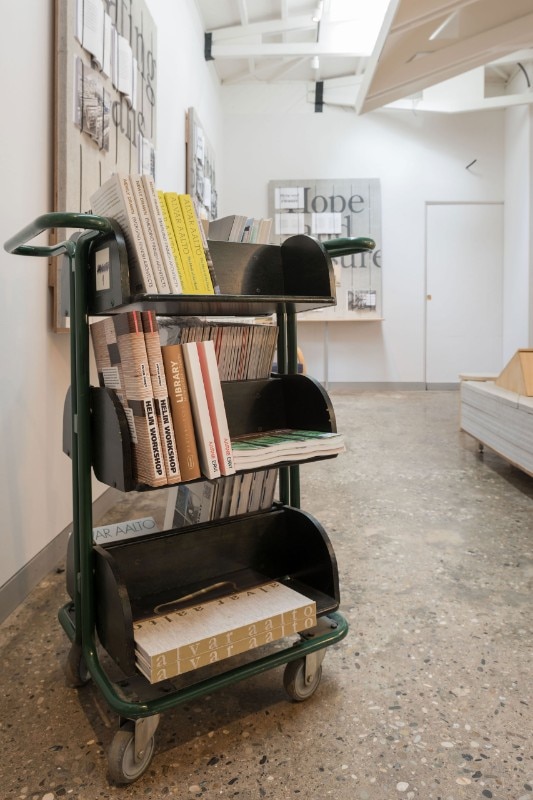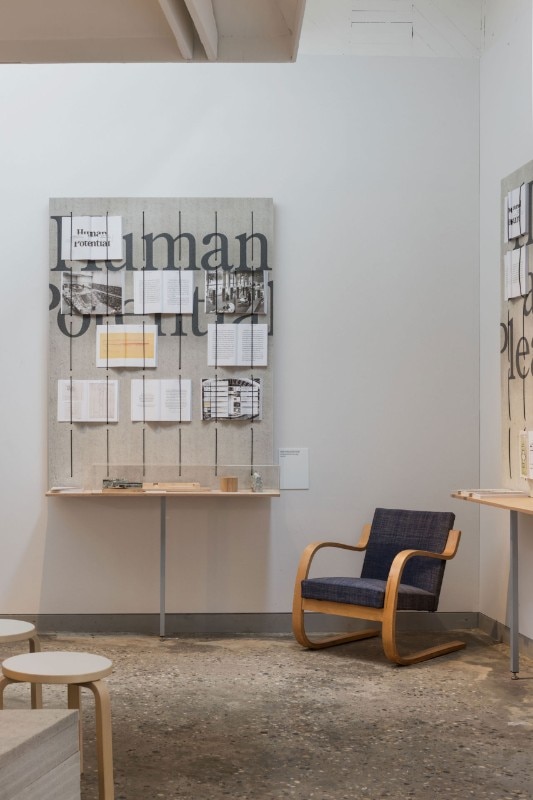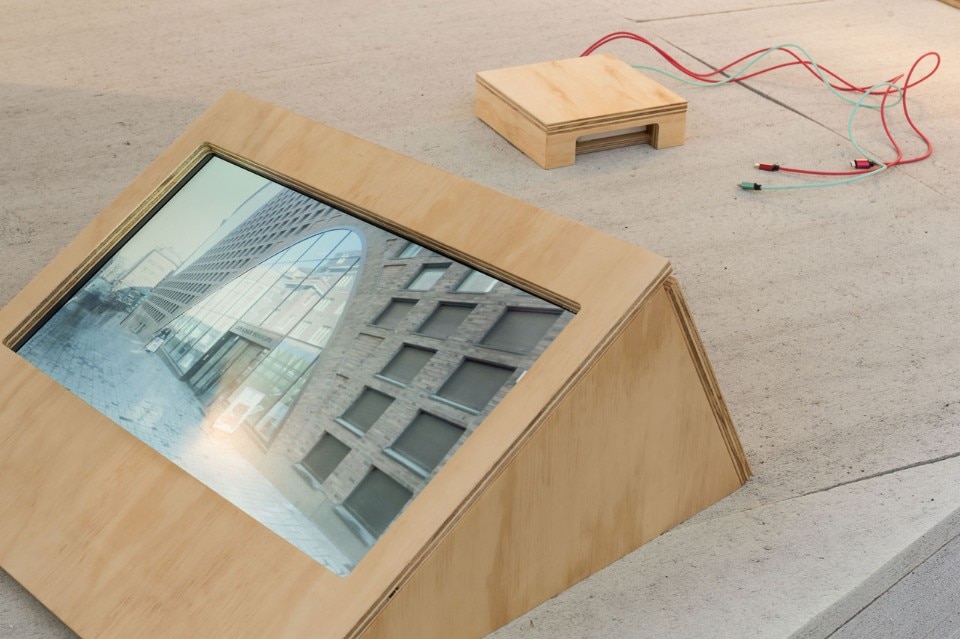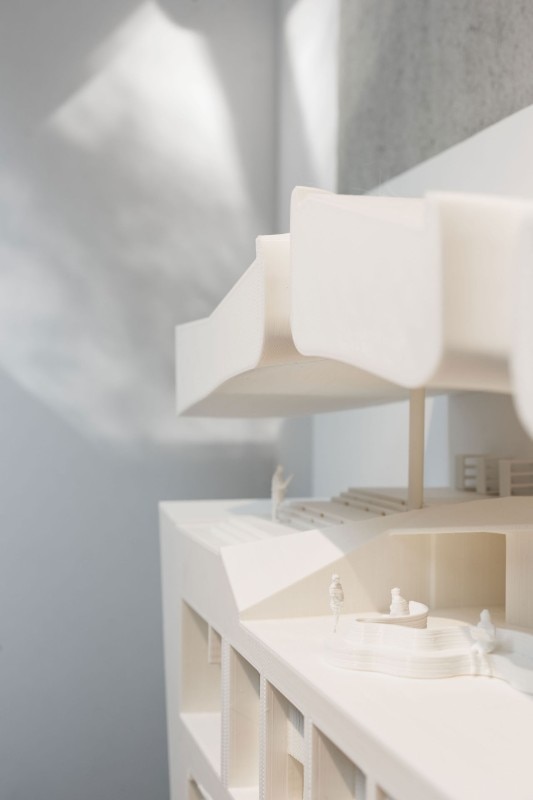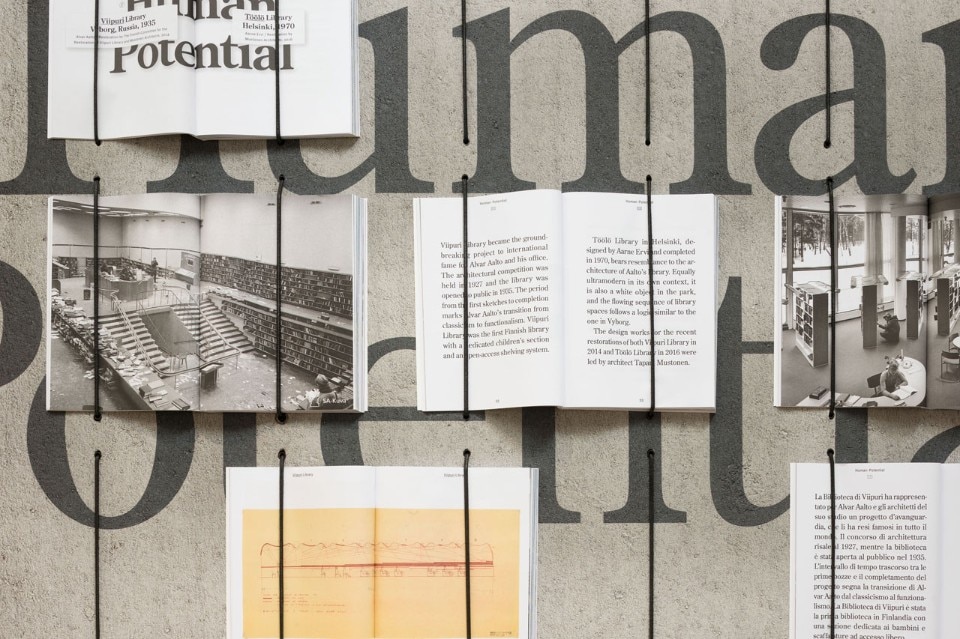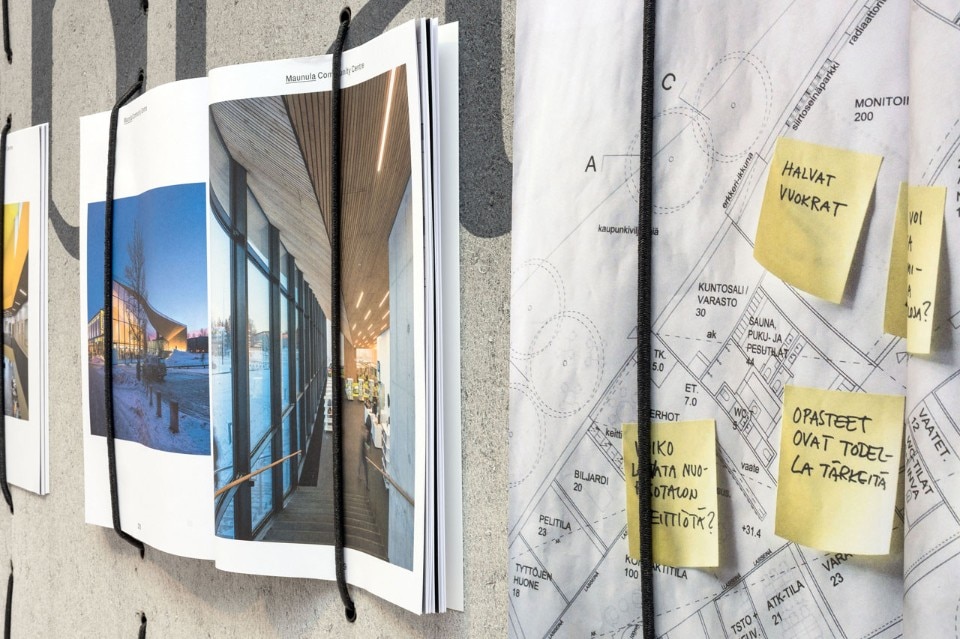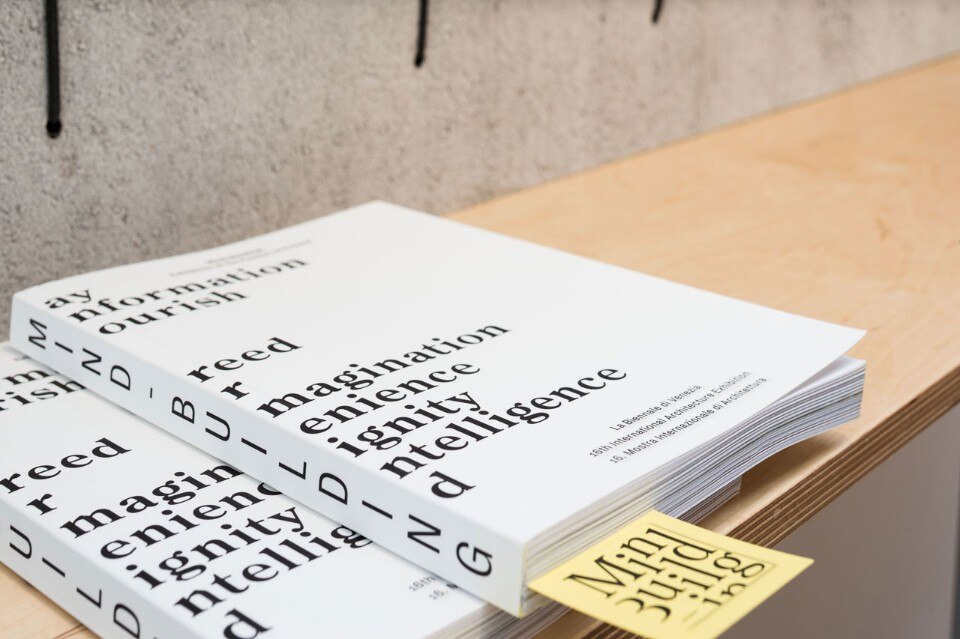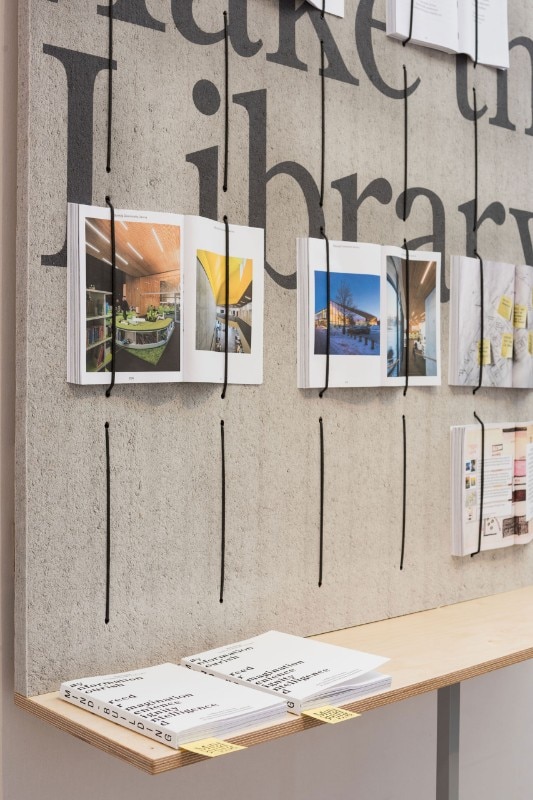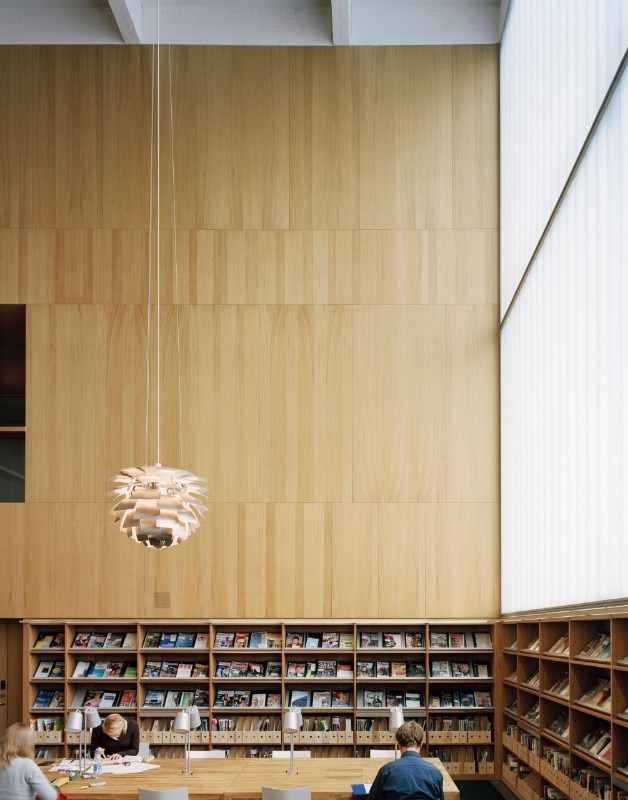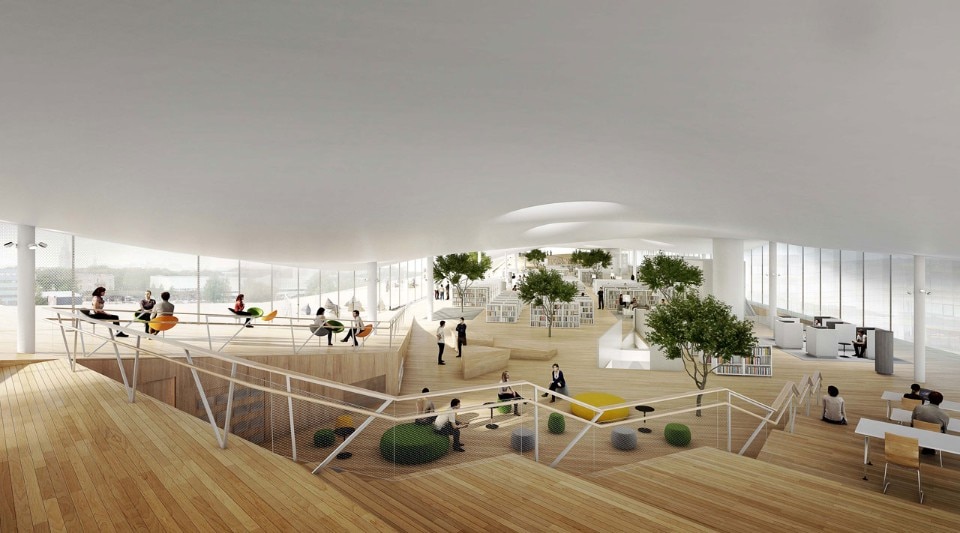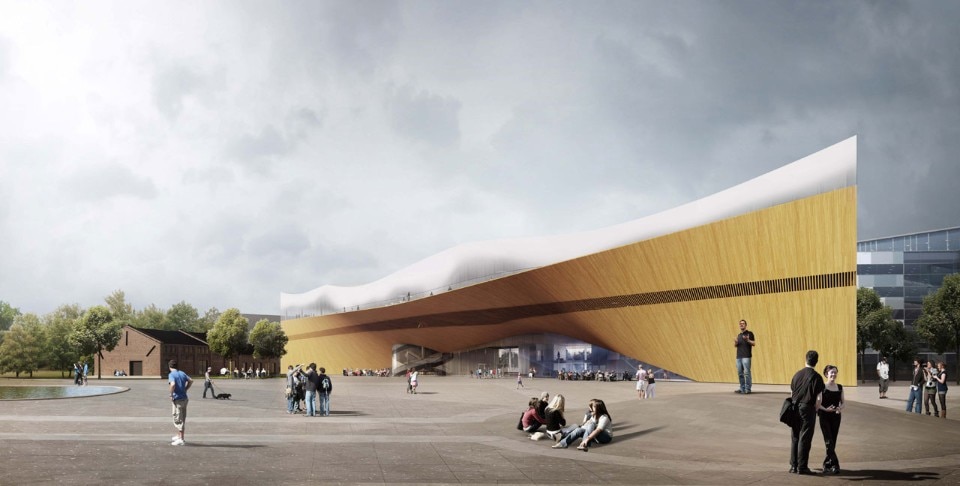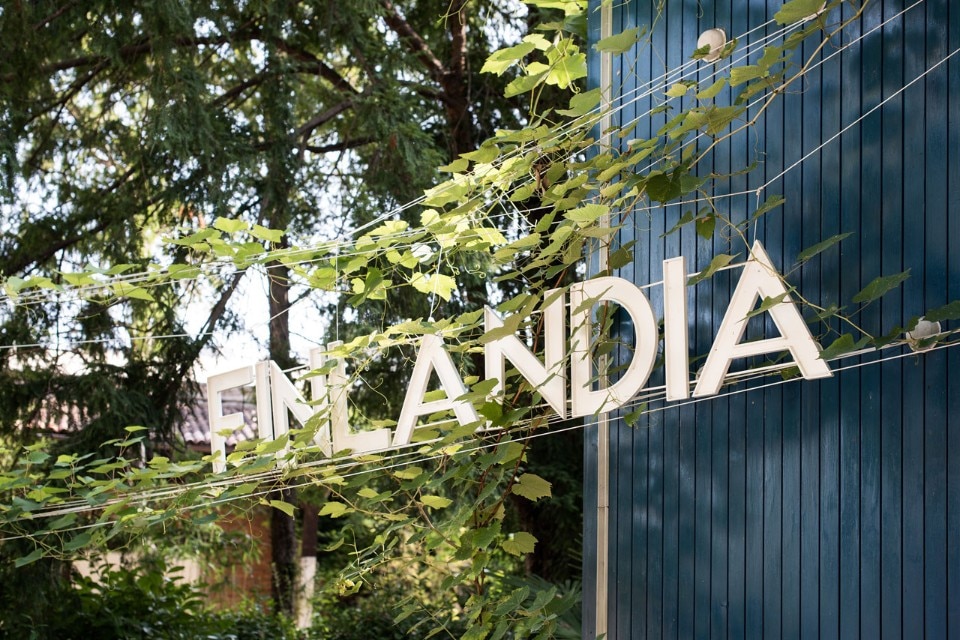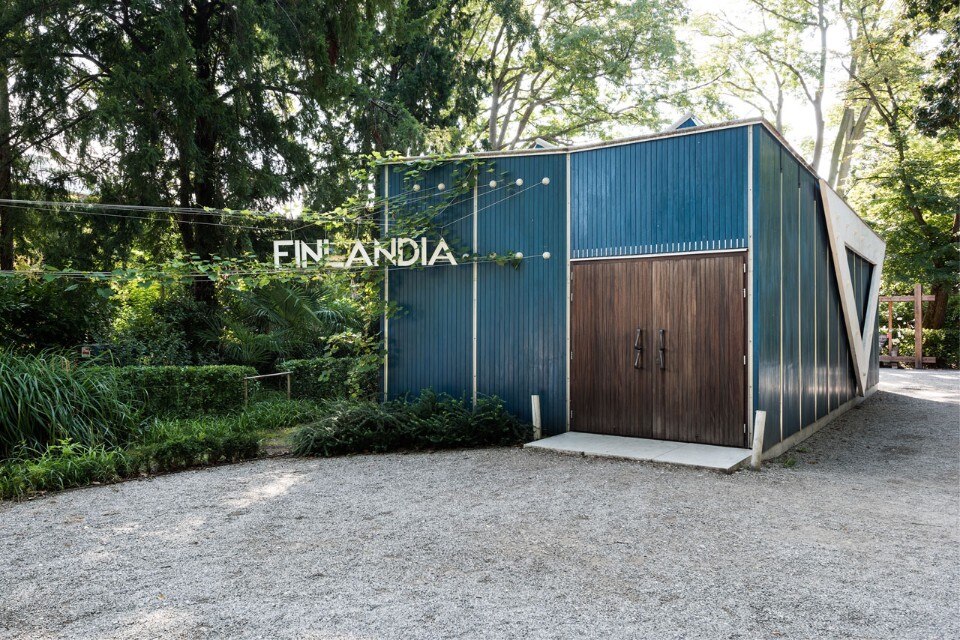For Finland, freespace, the leitmotif of this sixteenth edition of the Venice Architecture Biennale, is incarnated in public libraries. “Anyone is free to enter a library and enjoy,” explains the curator Anni Vartola. “A library is a place of mutual trust; you can borrow books or simply relax”. In other words, it is “the most democratic place in the world”, according to Doris Lessing.
It just had to be the most literate country on the planet to point this out. In Finland – according to the European Bureau of Library, Information and Documentation Association – there are 979 public libraries, that is, roughly one for every 5,400 inhabitants (almost double with respect, for example, to neighbouring Denmark or Italy, and 10 times greater than Portugal, where there’s one library for every 54,000 inhabitants). In the nation of Arto Paasilinna, 40% of the population uses libraries (as opposed to 9.6% in Germany) and each year borrows almost one hundred million books.
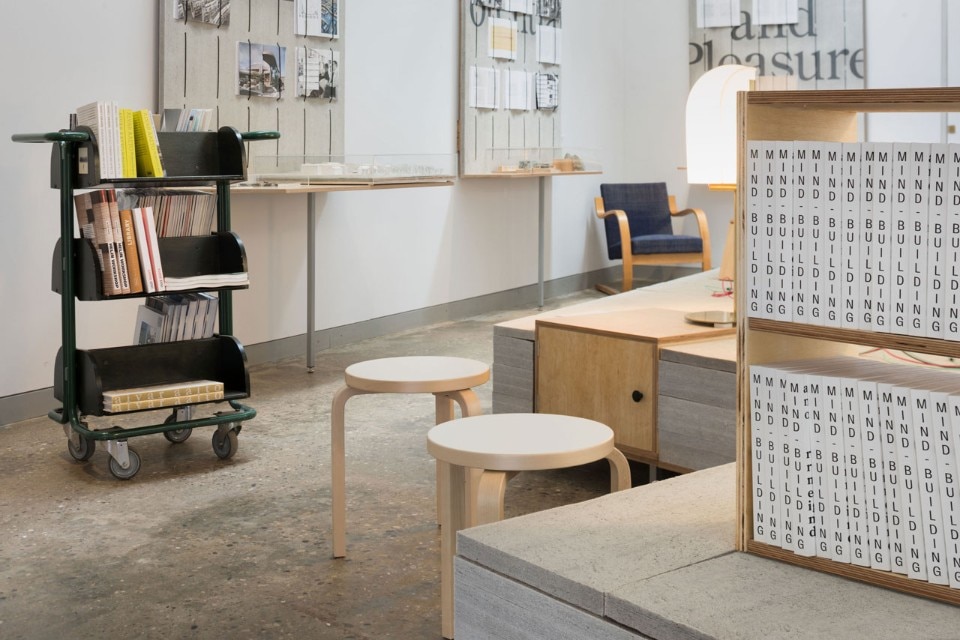
 View gallery
View gallery
Inside the small pavilion – designed by Alvar Aalto in 1956 – we find 16 designs built over the course of 137 years: from the first library of Rikhardinkatu in Helsinki (dating to 1881) to the recent central library, also in the capital, designed by ALA Architects, which will be opened to the public late this year. In between are Modernist masterpieces, like the library by Aalto in Viipuri (1935), where each minute detail is designed and made to measure, or the one in Tampere (1986), with its organic forms inspired by the wood grouse– which “seems like a spaceship that landed in an industrial town,” comments Anni Vartola, “and yet the inhabitants still love it”. There’s also the Atalante library (1988) that, like the barge in Jean Vigo’s film, from which it gets its name, offers culture to the people of Kuhmo and Maunula (2017), born from sharing the project with the residents, clients and future users.
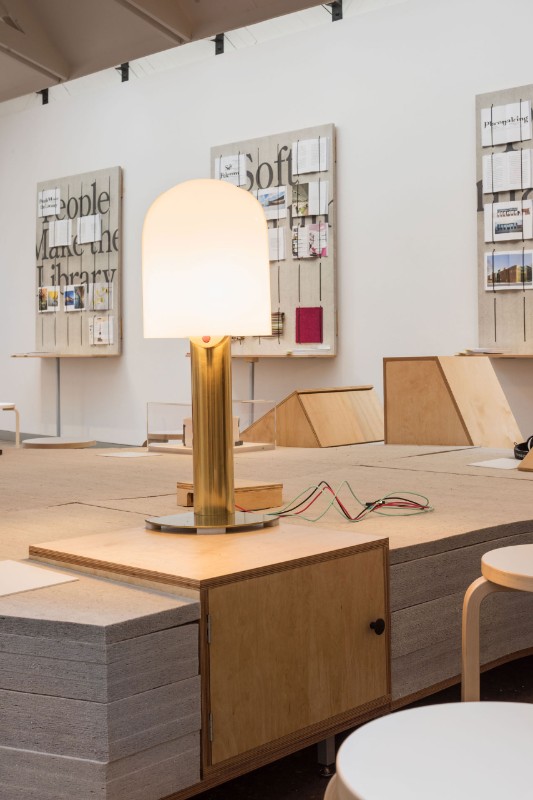
Is this passion for libraries something typically Finnish?
Anni Vartola: I think so. We’re a geographically vast nation with a low population rate [the lowest density in the EU with 16 inhabitants per square kilometre], and we’re also a small linguistic community: libraries have always stood for access to information and entrance into the community. But it’s also the foundation of Finnish literature: literature needs readers (and vice versa) and the library is fundamental in creating identity. Finnish law on public libraries from 2017 calls them symbols of active citizenship, democracy and freedom of expression.
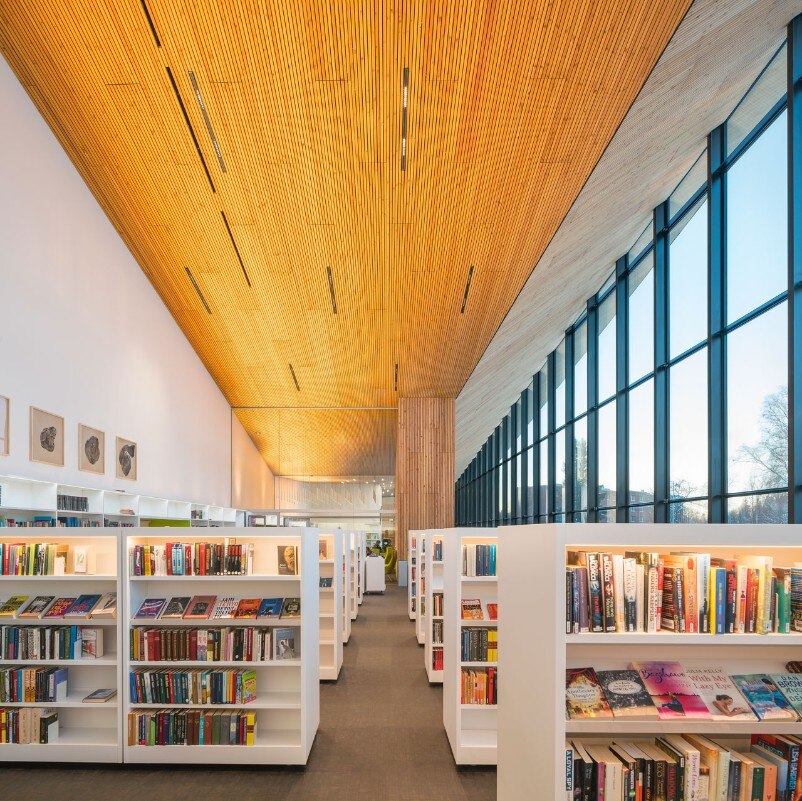
 View gallery
View gallery

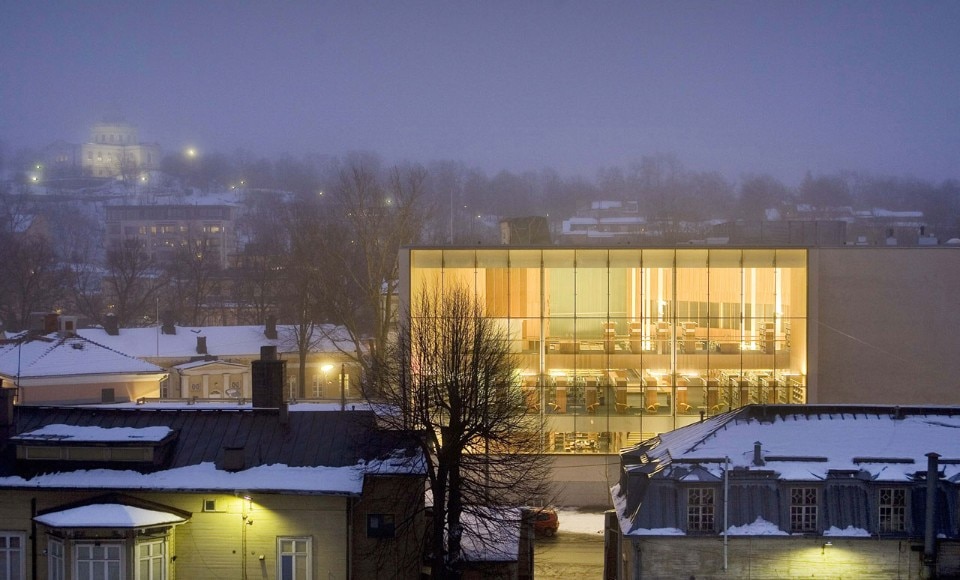
Kulttuuri
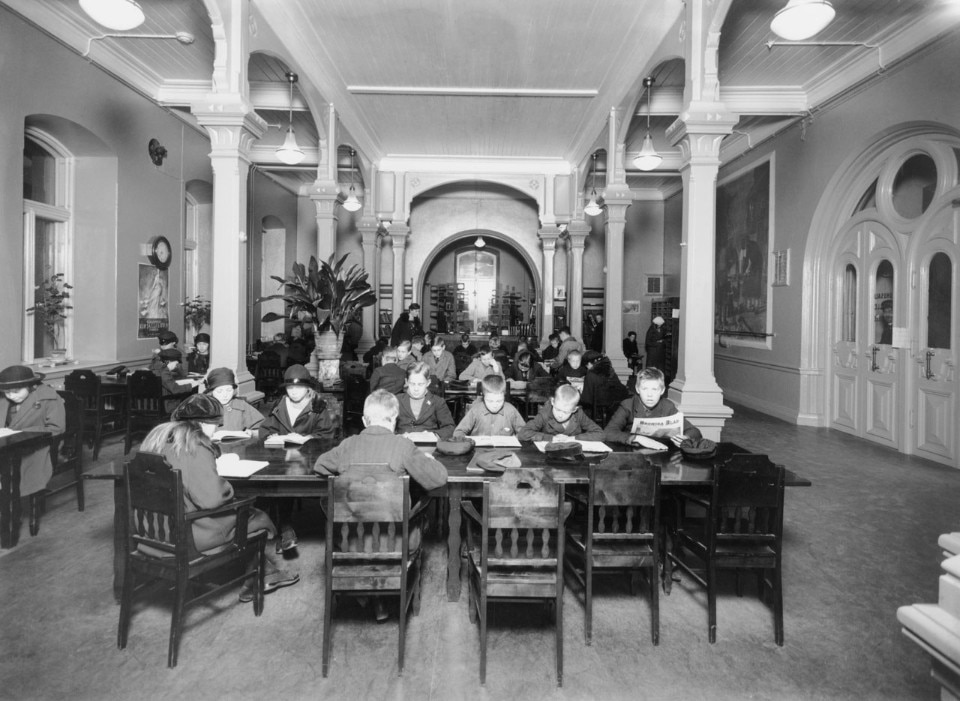
2550 - 1223 . N26223
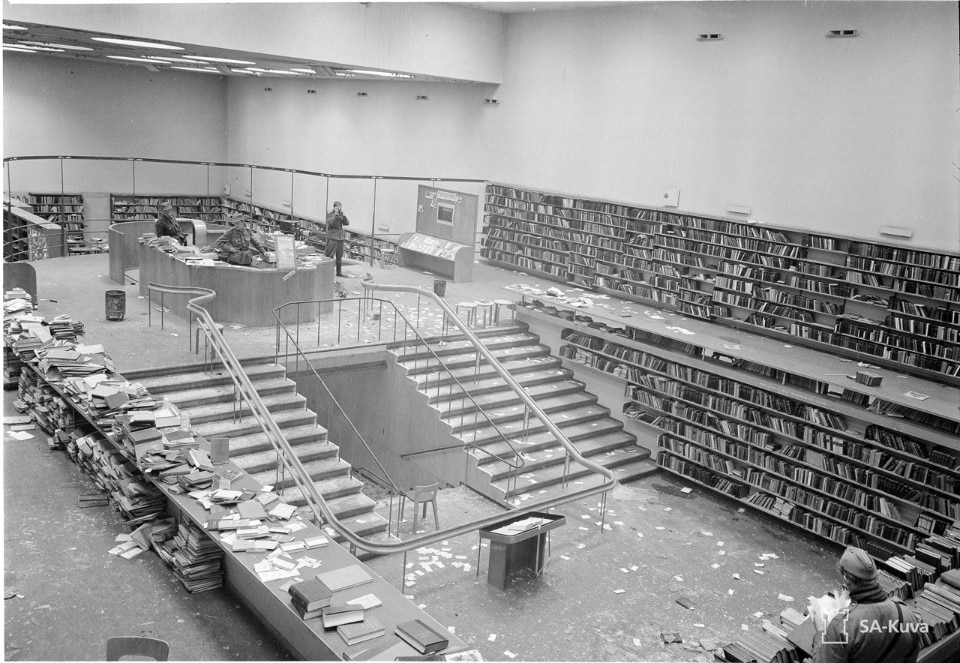
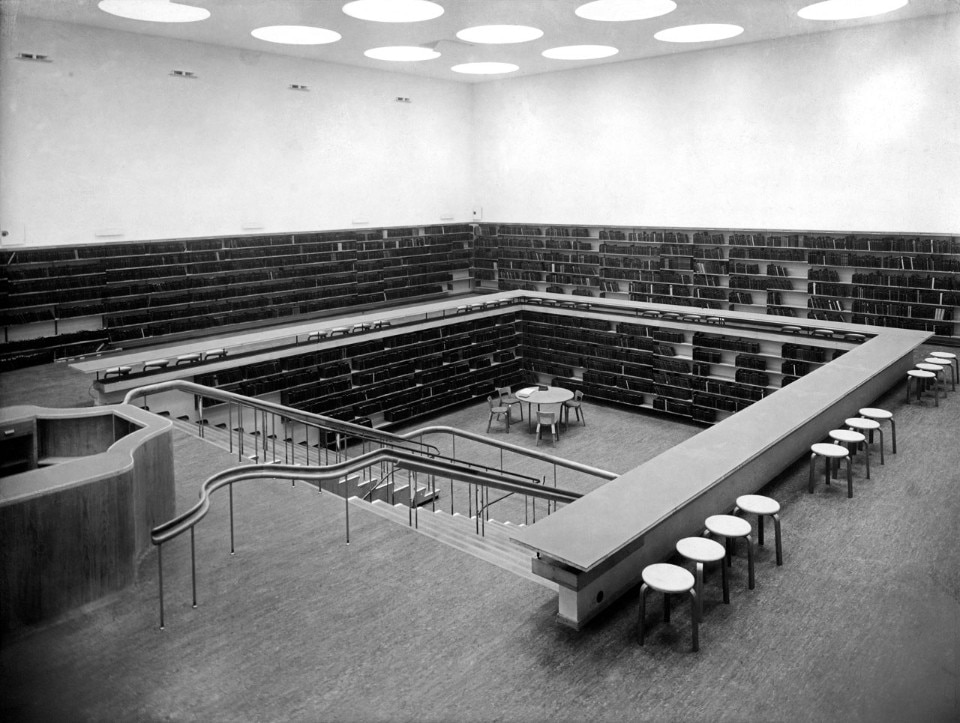
Viipuri Library by Alvar Aalto 1935
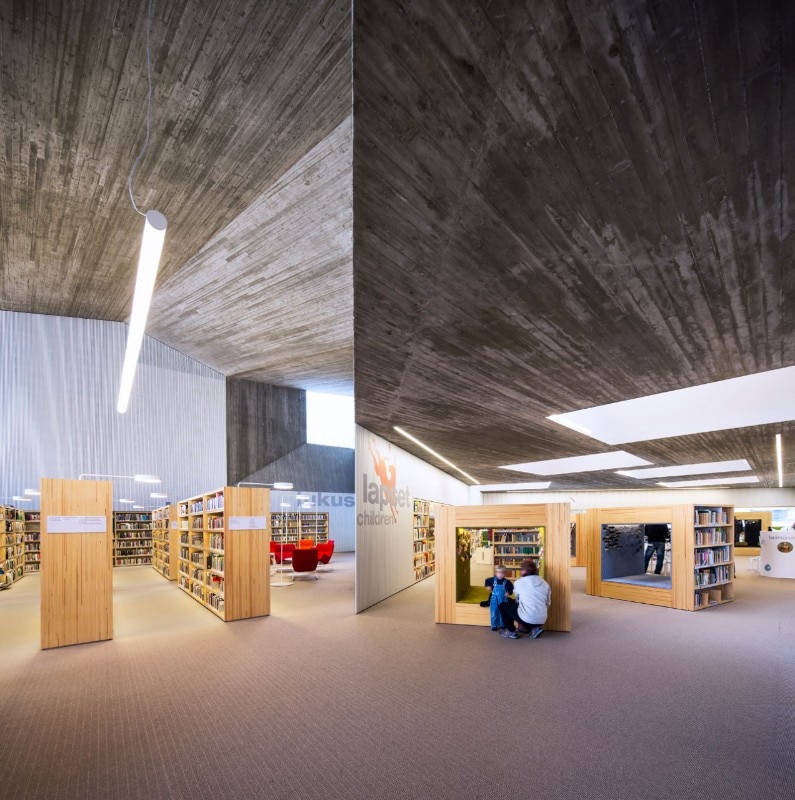
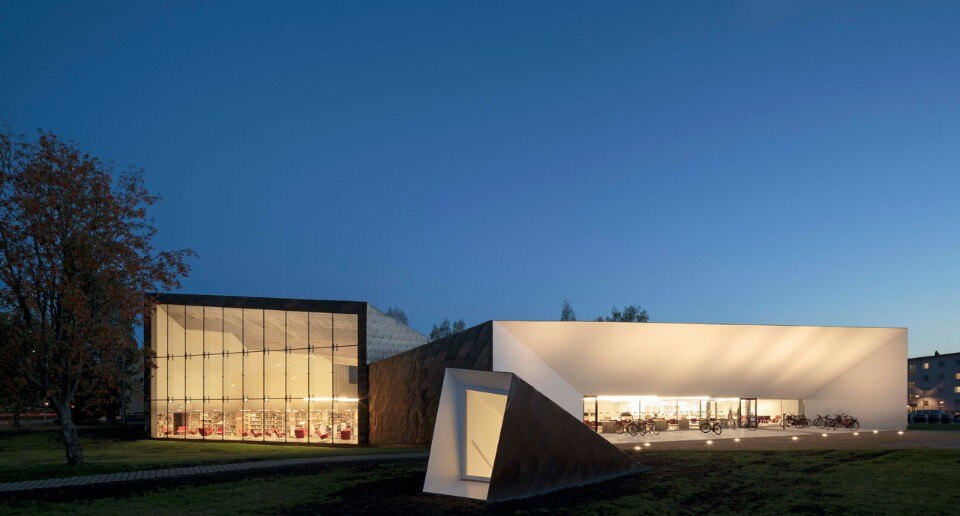
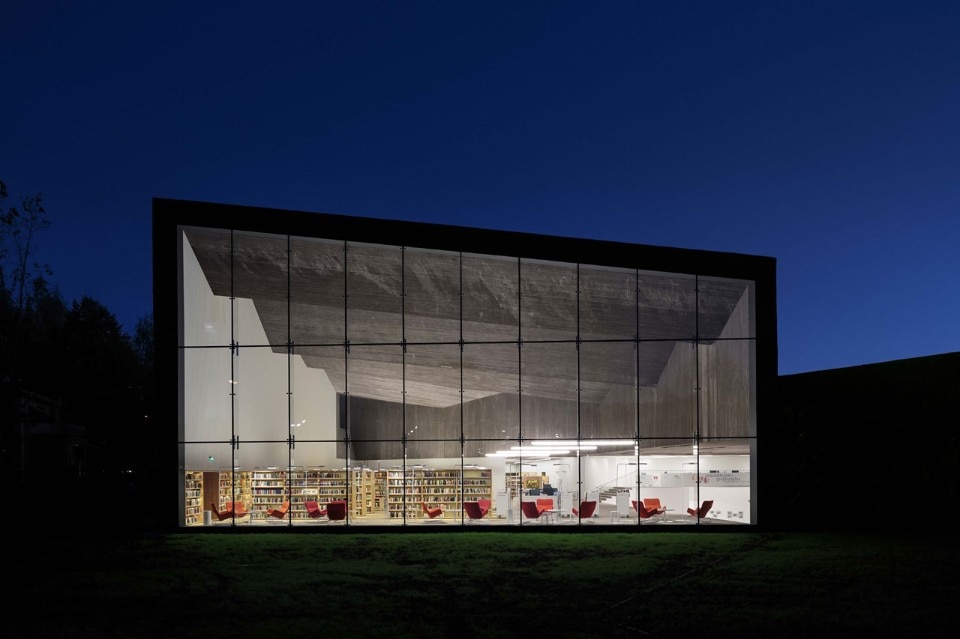
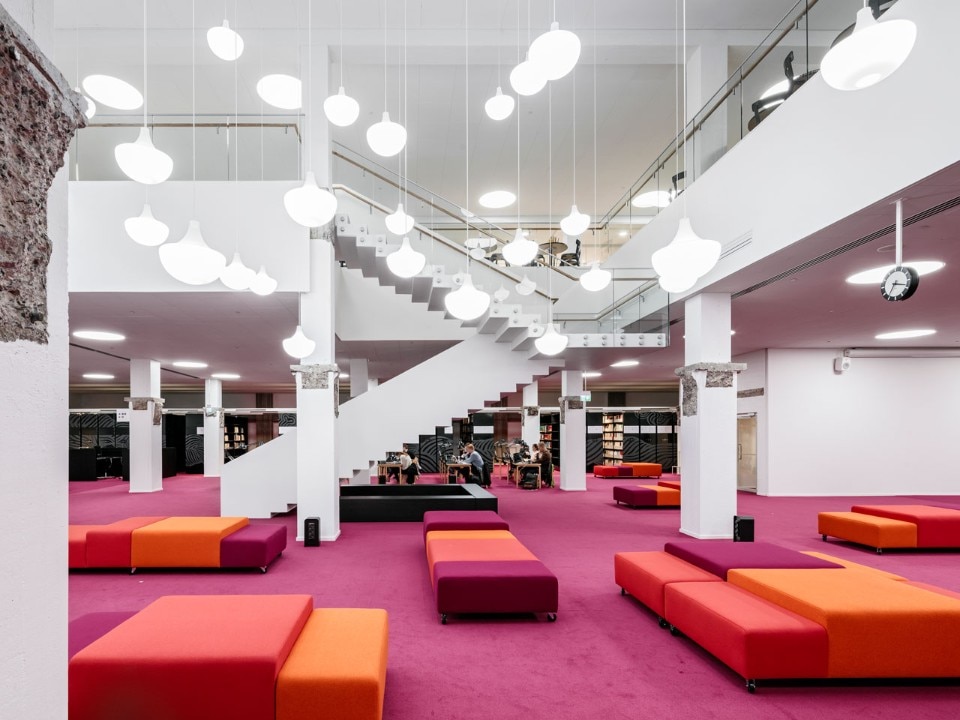
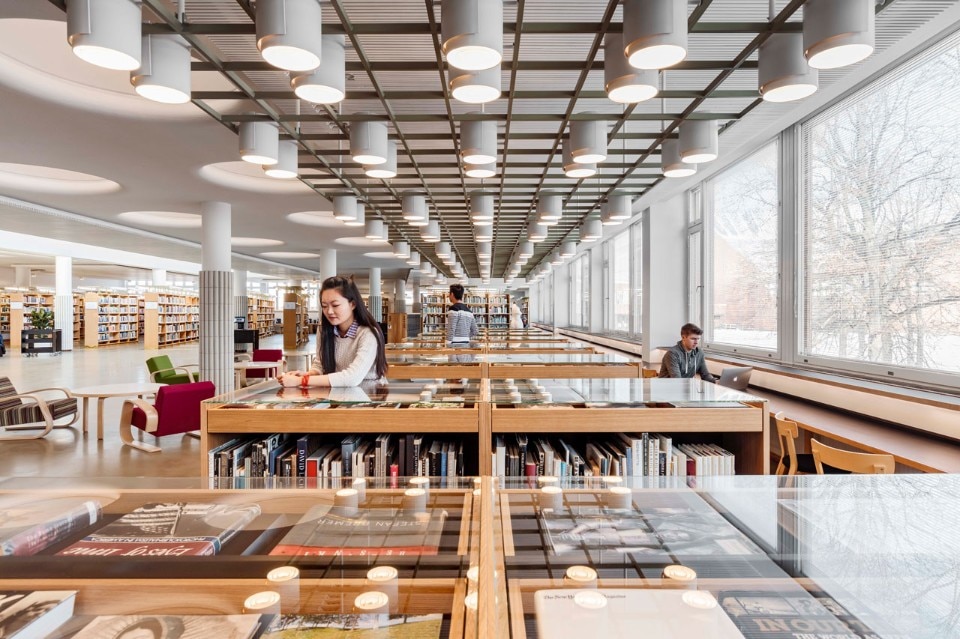
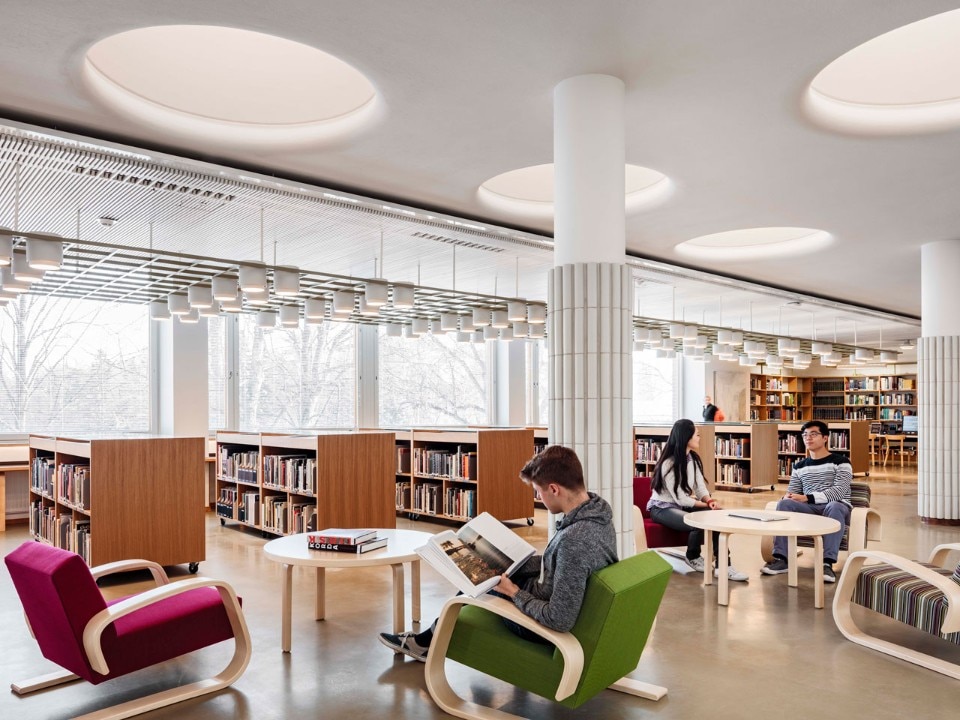
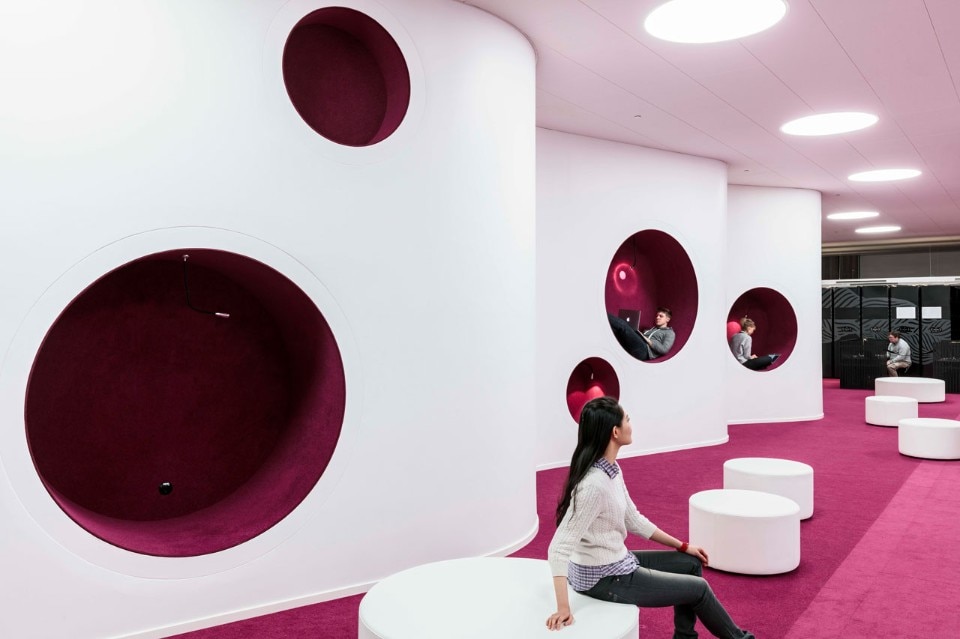
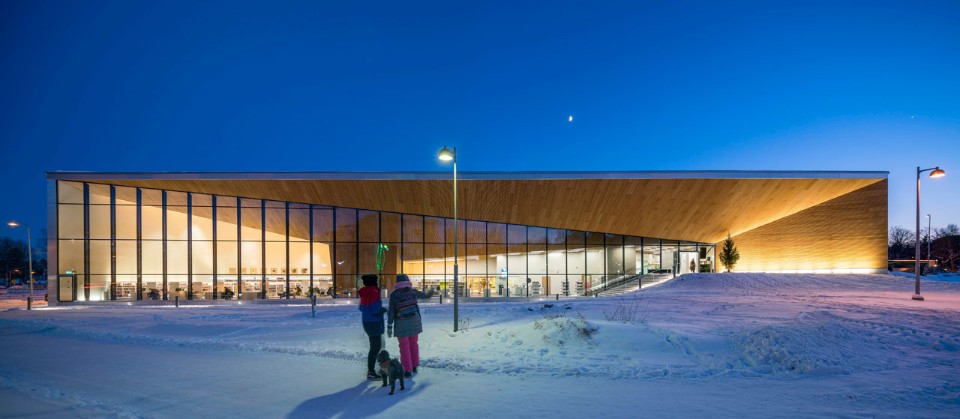
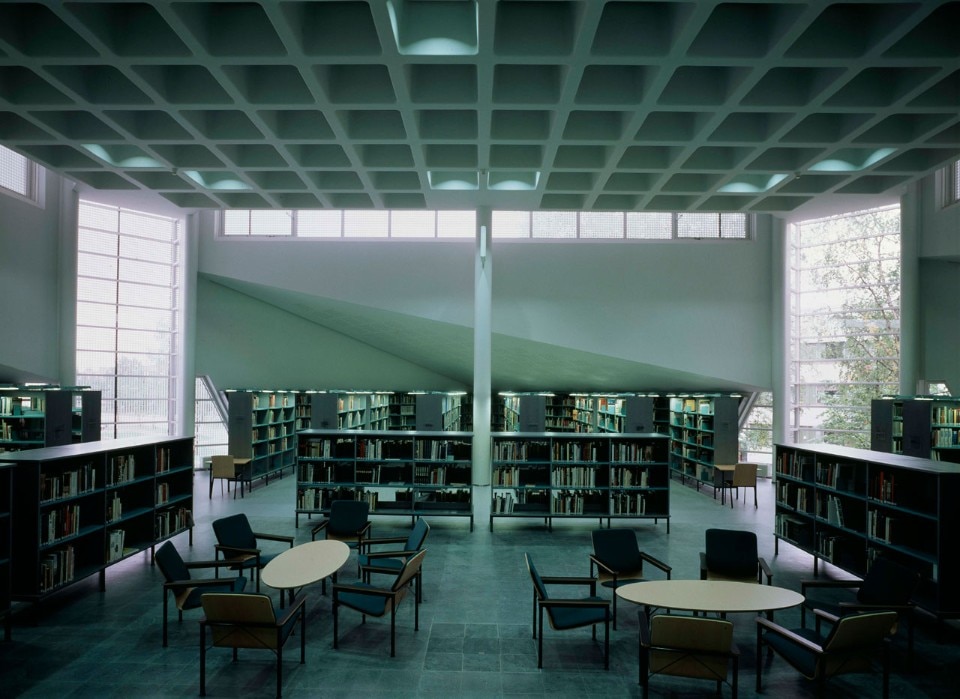
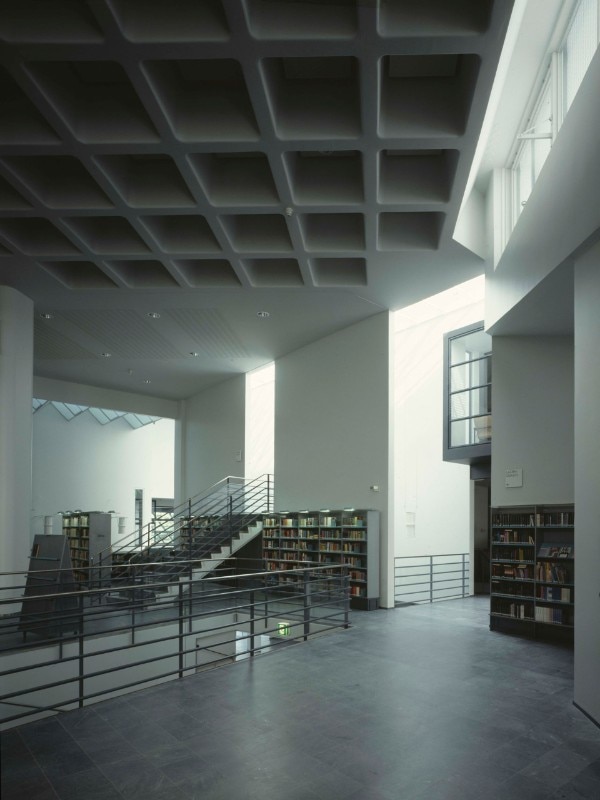
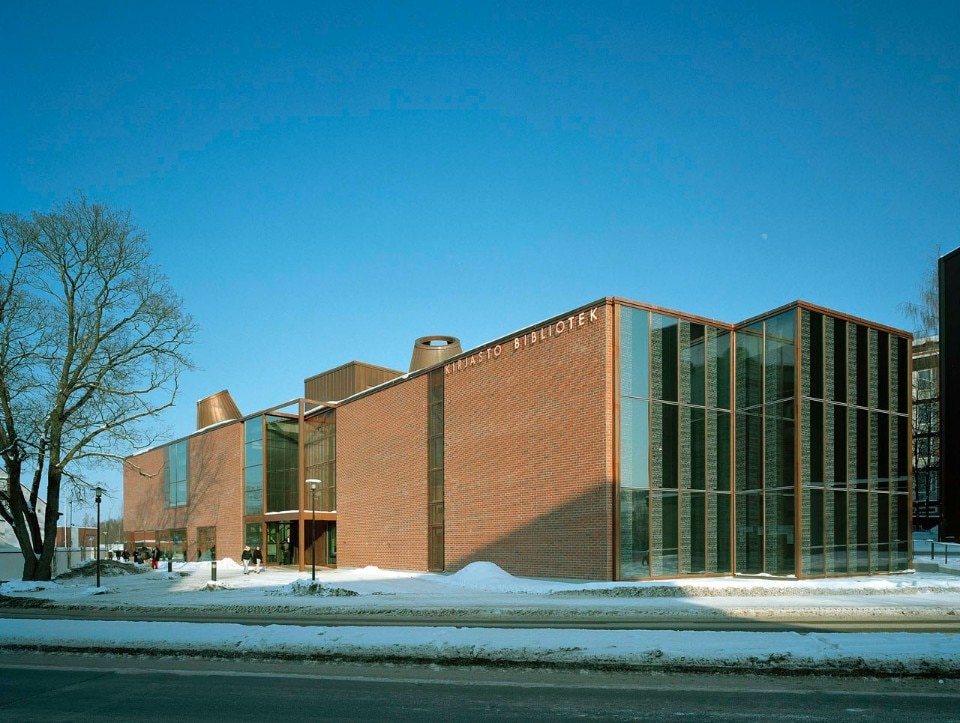
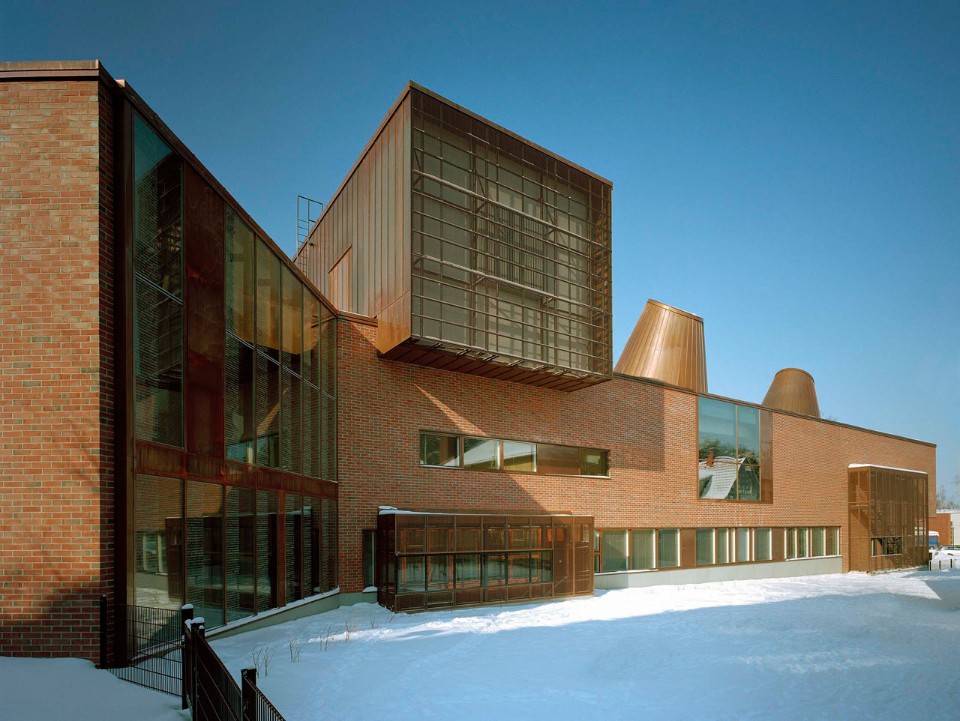
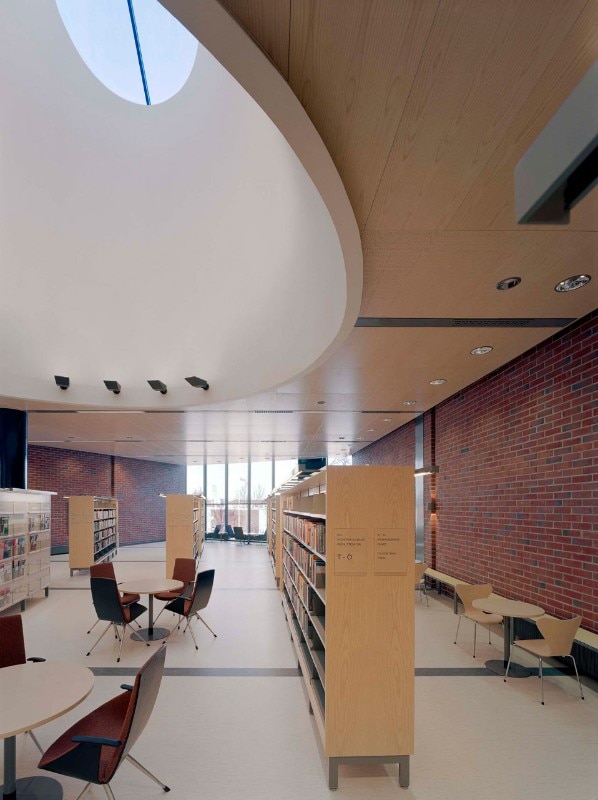
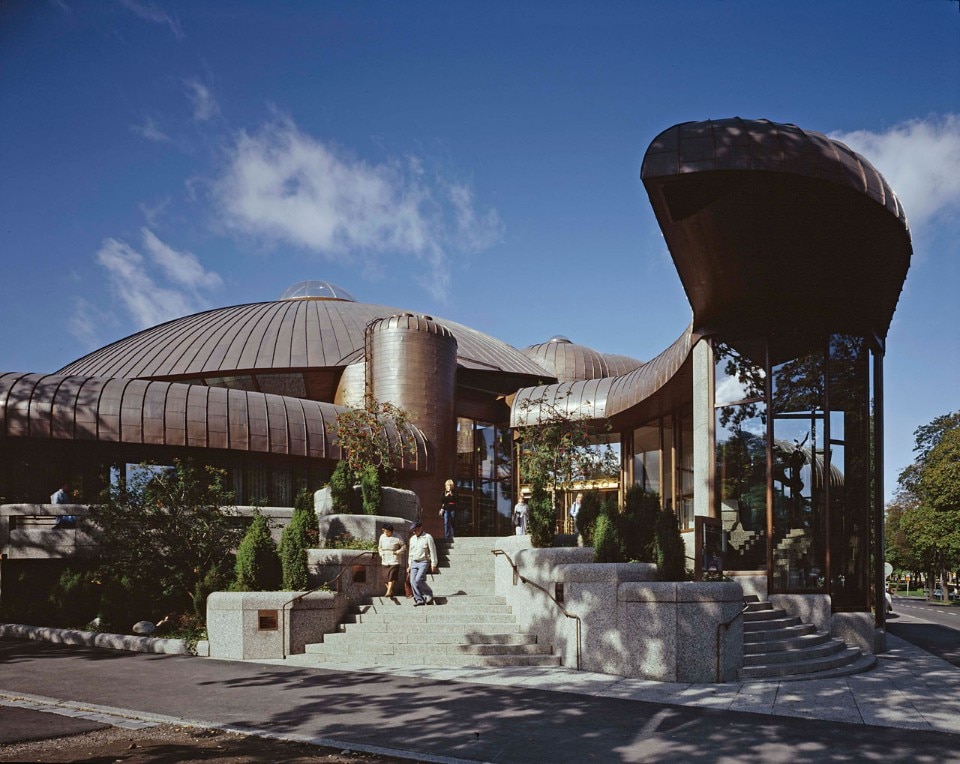
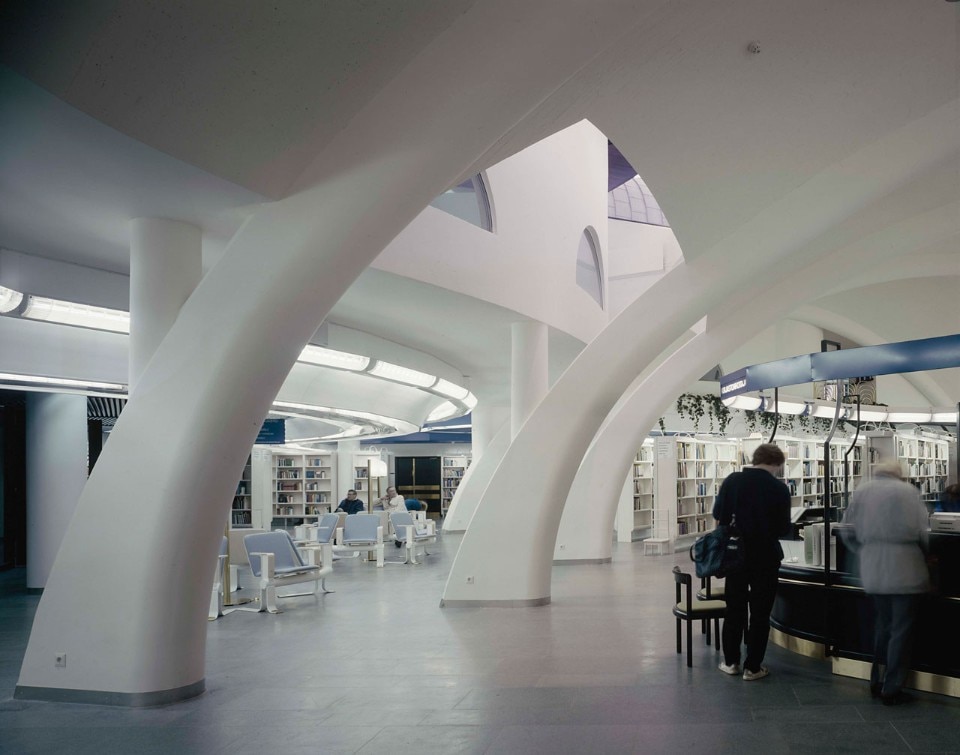
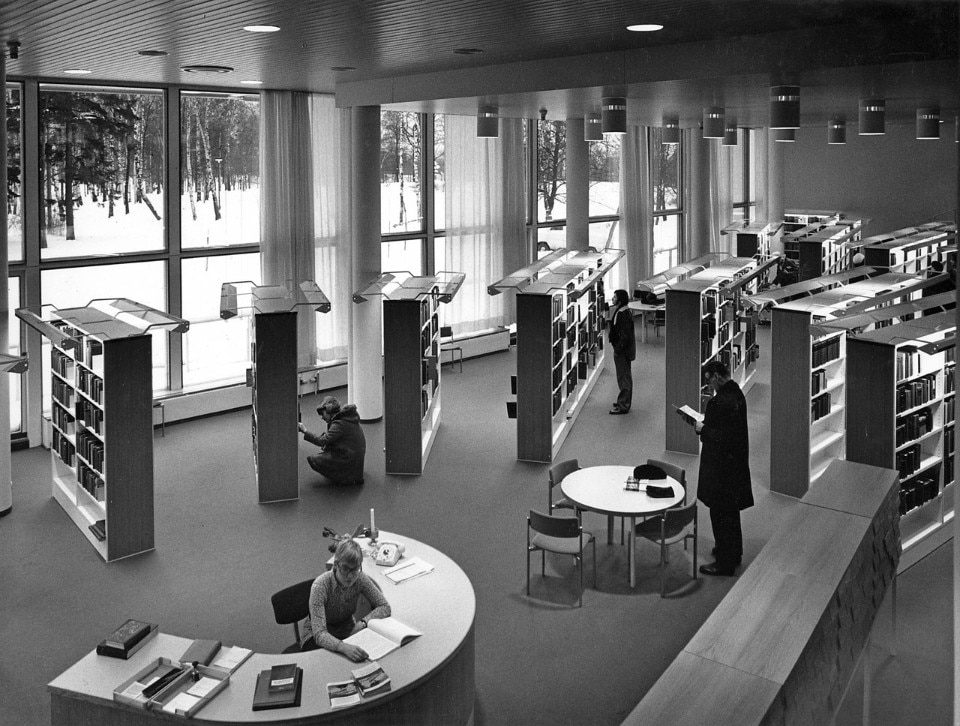
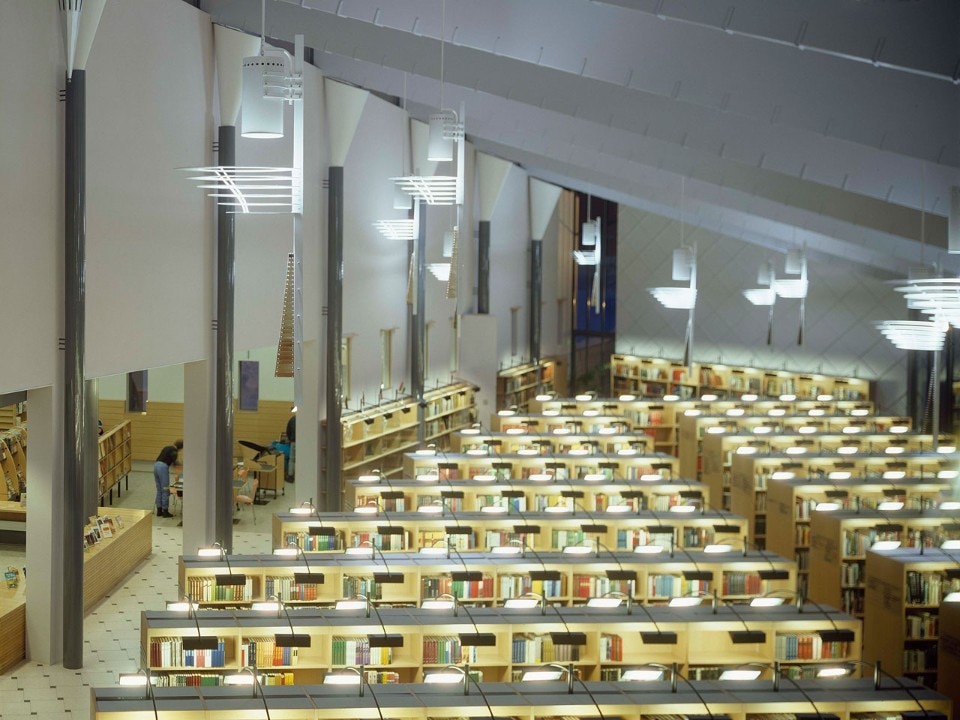
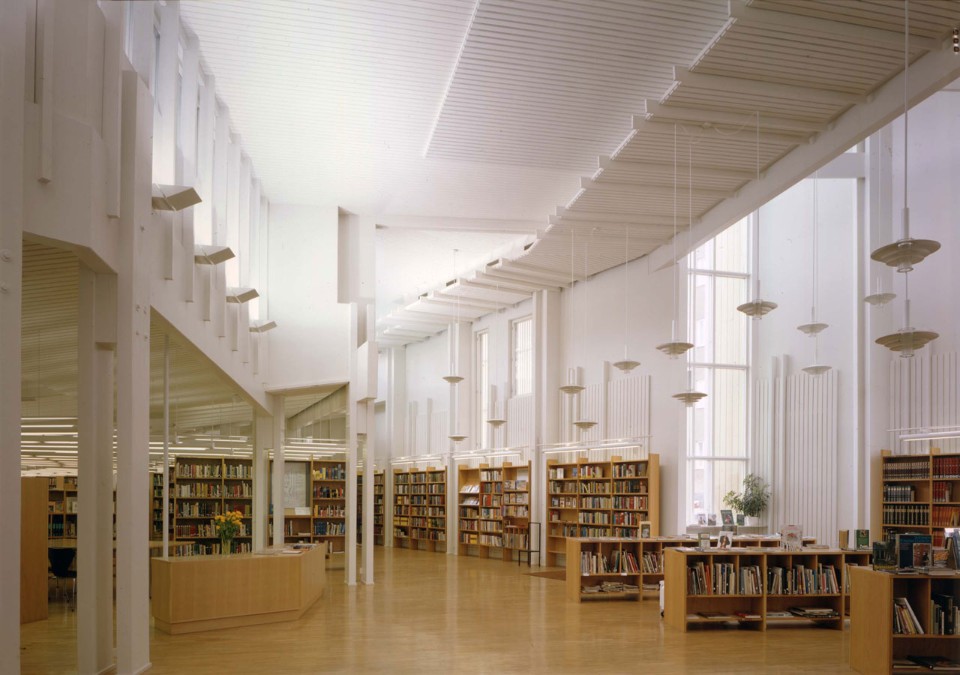
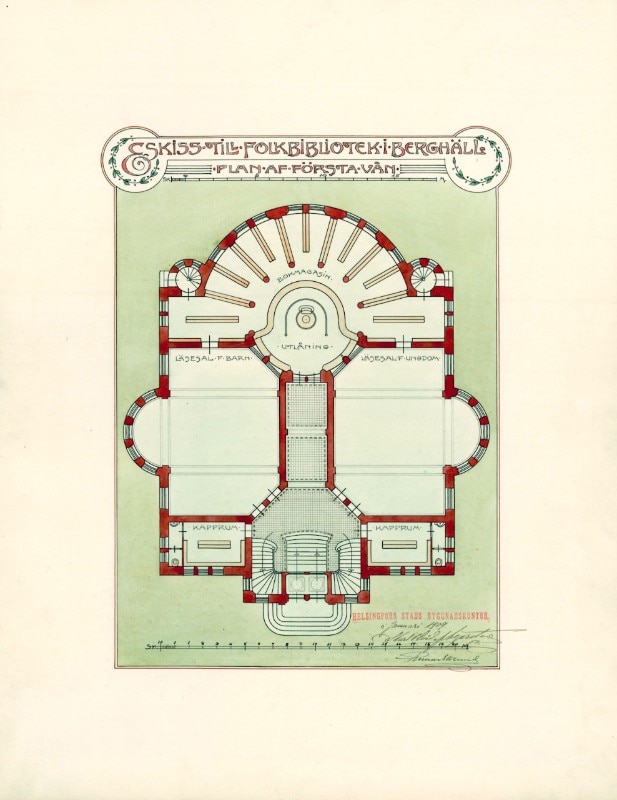
Helsingin kaupunginarkisto, rakennuskonttori, Ic:94
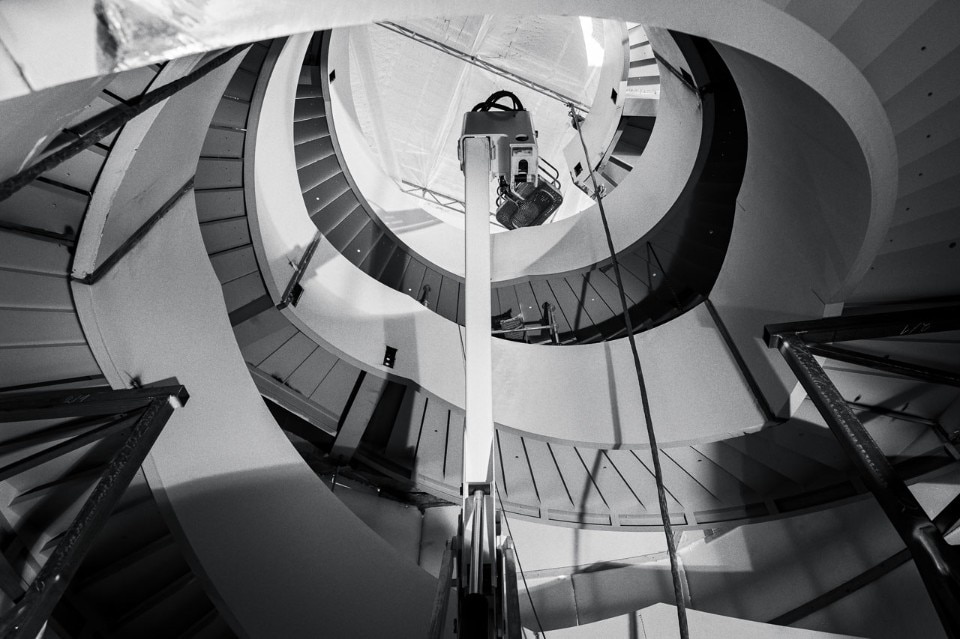
A library is also a social element?
More and more. Today, it’s almost like a library-sojourn, which invites people to spend time there, to socialise, to relax. Libraries have great symbolic value, as can be seen by the postcards hanging on the walls where, in addition to greetings and main city attractions, there’s also the local library.
A concrete example of this ability to aggregate?
The Community Centre of Maunula. The architects – K2S Architects – asked residents what space they wanted. Among them, a 16-year-old girl, a Muslim immigrant, asked for a place just for girls. This led to a major debate on a local level – “this kind of space isn’t part of Nordic culture”, many believed – but the architects understood that the question came from a precise need, from religious rules. A compromise was reached and the room was built. Many architects we present have involved local communities with workshops and surveys. And this is the challenge: to design a place that is loved and used by everyone, a place that’s alive and in motion and responds to changes in society, and isn’t just a collection of books.
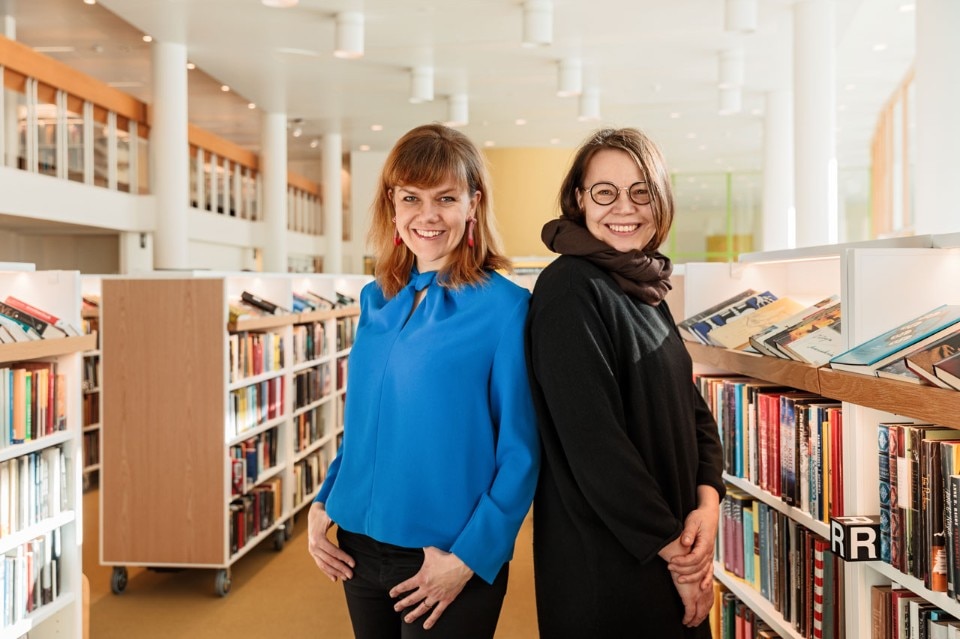
 View gallery
View gallery

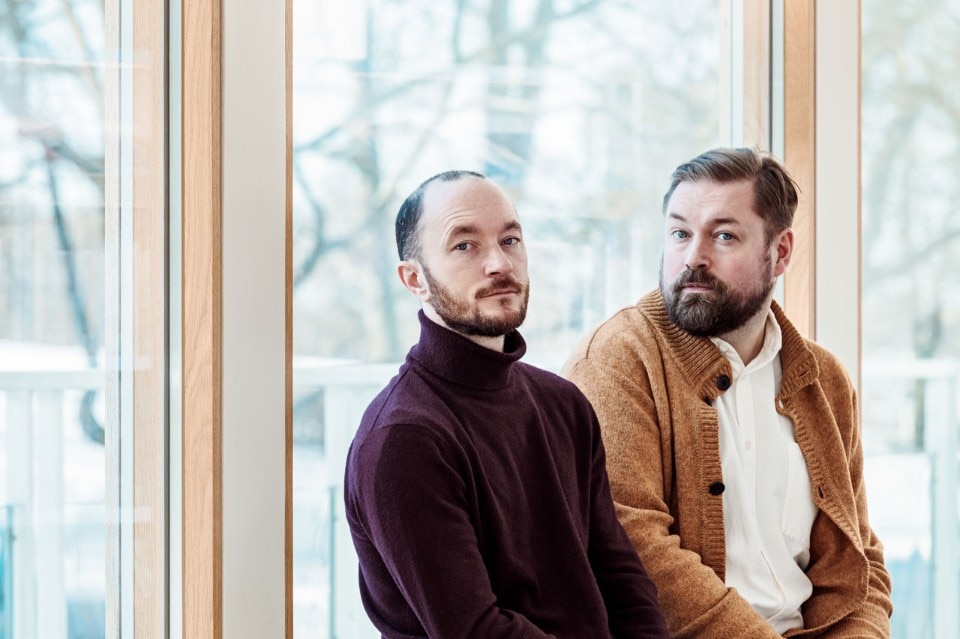
Do younger generations go to libraries?
Young people love libraries more and more, and libraries are adapting to their requests. The Central Library in Helsinki, which will open in December, will have a space for makers, a lab for 3D printing and one for music. Plus there will also be conference rooms, co-working spaces for freelancers. These are true public spaces: no one owns anything and everyone can use them. Also, these are investments and not costs, they are designed so that everyone can access information free.
- Exhibition title:
- Mind-Building
- Venue:
- Pavilion of Finland, Giardini
- Curators:
- Anni Vartola
- Commissioner:
- Hanna Harris
- Exhibition design:
- Tuomas Siitonen, Johannes Nieminen
- Exhibition team:
- Hanna Harris, Miina Jutila, Johannes Nieminen, Maikki Lavikkala, Sini Parikka, Tuomas Siitonen, Ella Tammisto, Anni Vartola


